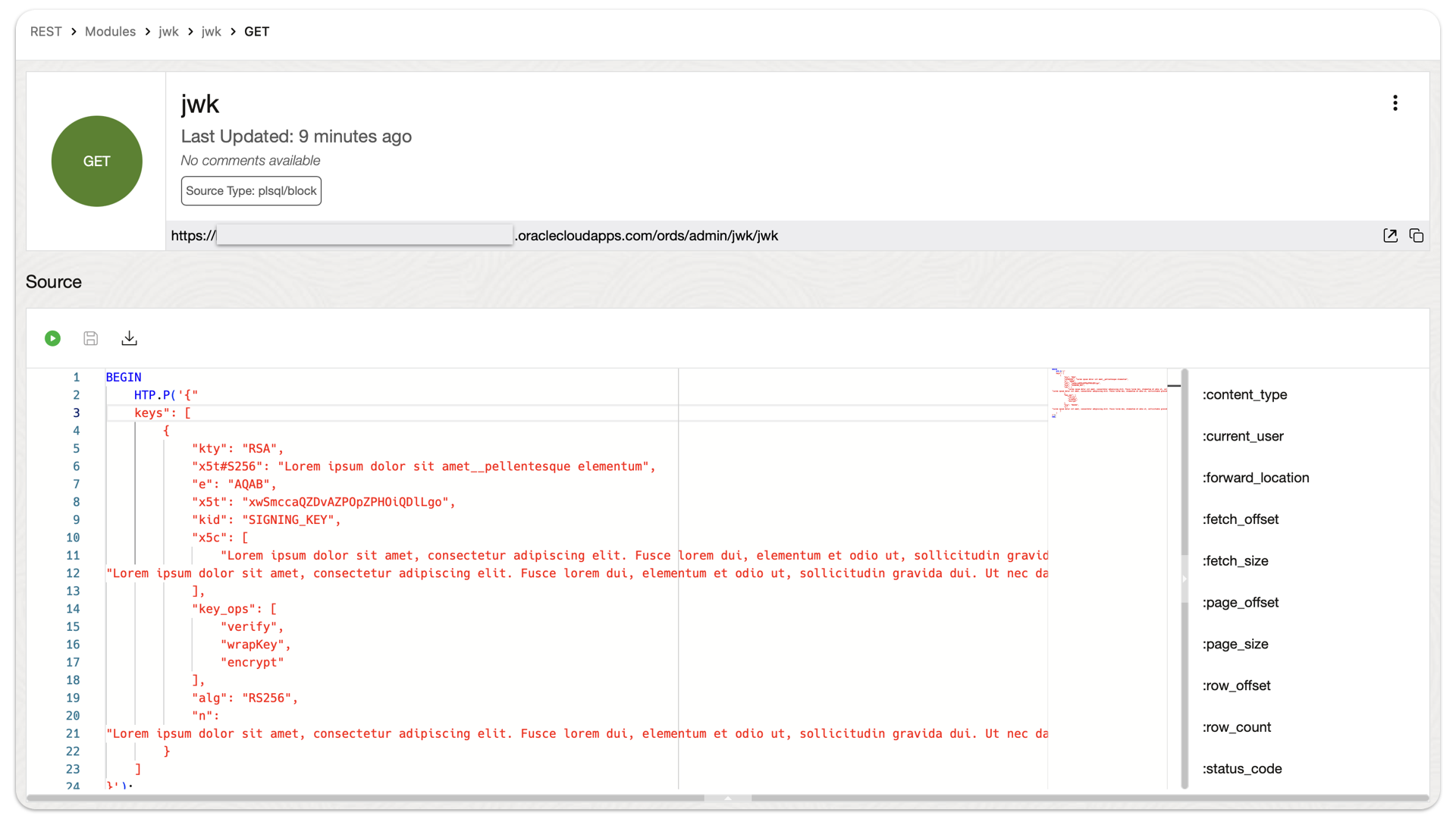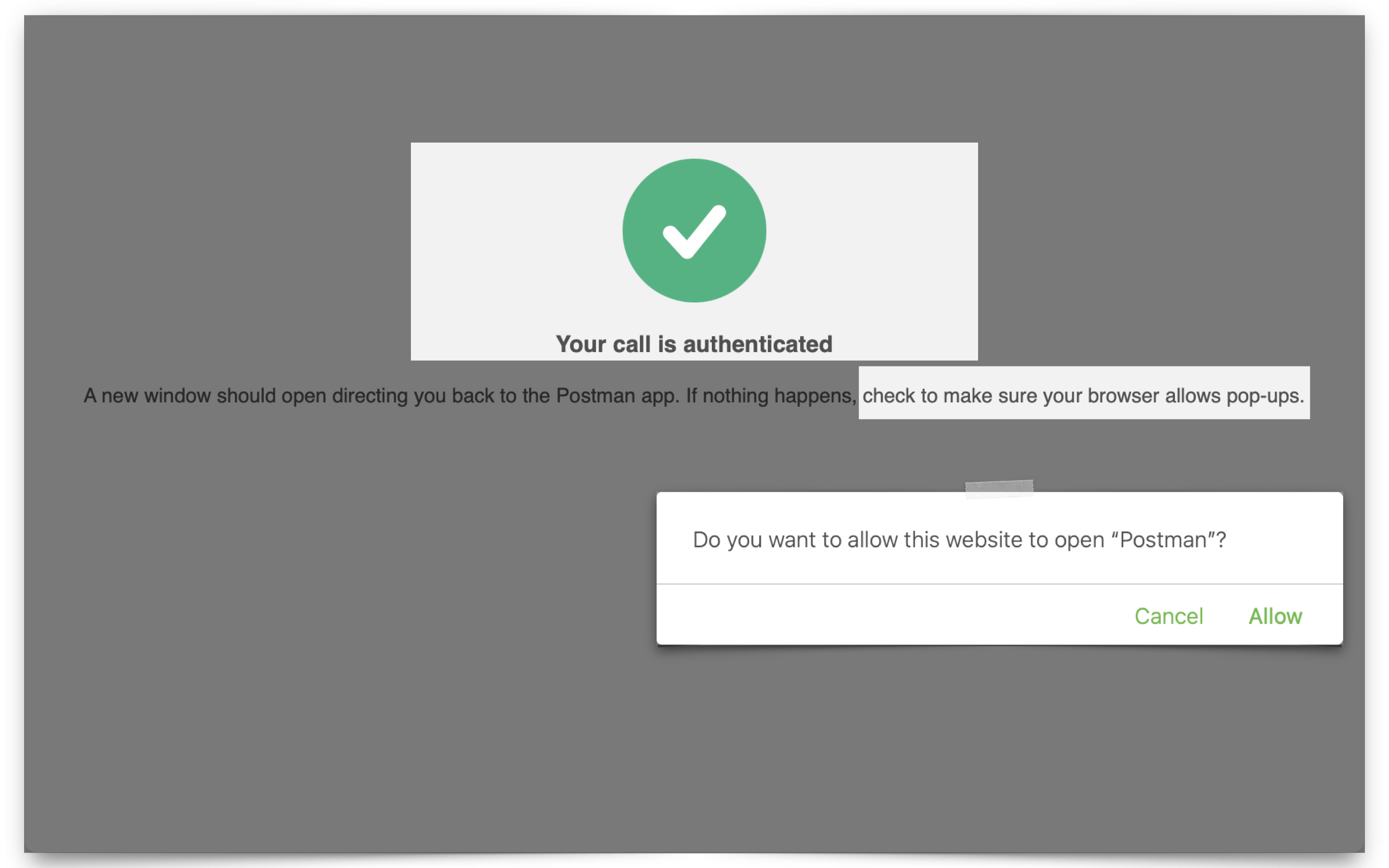The Latest
-
Example: an ORDS API that returns a user-configured JSON object
-
503 Service Unavailable: ORDS unable to make a connection…all connections in the Univeral connection Pool are in use – [30,30,42….]
-
Configuring OCI IAM Domain JWTs to use with ORDS OAuth2.0 protected APIs
·



